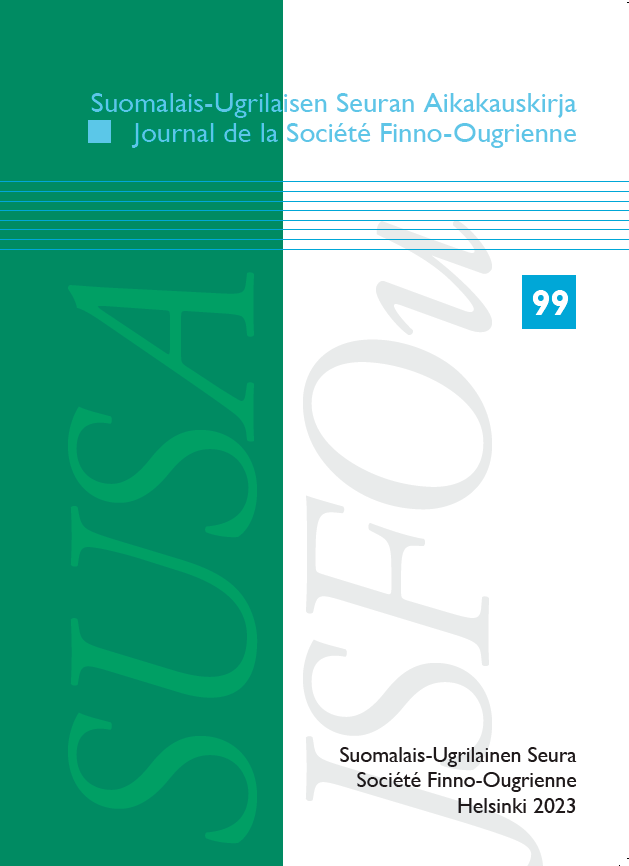A response to the article “Olaus Sirman runojen vertailevaa luentaa” [The comparative interpretation of Olaus Sirma’s poems] (SUSA 97, 2019)
DOI:
https://doi.org/10.33340/susa.123039Keywords:
Olaus Sirma, runo Morse faurog, anagoginen tulkinta, kaiku-riimi, barokin kirjallisuusAbstract
The article communicates a possible interpretation of Olaus Sirma's pastoral poem / love song Morse faurog as a part of the European baroque literature. The folklore features of the poem--the so called rhyme anticipation and the irregularity of the metre and the rhythm--may be attributed to the literature of the baroque period as well, and the poem doesn't diverge from the baroque literary conventions. The generic inconsistency, expressed by a hesitation of the lyrical subject, was perhaps intended as a signal for the reader to understand the pastoral as an anagoge.
References
Gaski, Harald. 1999. The secretive text: Yoik lyrics as literature and tradition. Nordlit 5. 3–27.
Gaski, Harald. 2004. When the thieves became masters in the land of the shamans. Nordlit 15. 35–45.
Lyytikäinen, Pirjo. 2001. Aavistuksen poetiikkaa: Symbolismi ja Otto Mannisen runous. In Hökkä, Tuula (ed.), Romanttinen moderni: Kirjoituksia runouskäsityksistä (Suomalaisen Kirjallisuuden Seuran Toimituksia 830), 62–81. Helsinki: Suomalaisen Kirjallisuuden Seura.
O’Hara, James J. 2007. Inconsistency in Roman epic. Cambridge: Cambridge University Press.
Svatoš, Martin. 1994. Jiljí od sv. Jana Křtitele, Fridrich Bridel a jejich tázání: Co člověk?. In Pokorná, Zuzana (ed.), Česká literatura doby barokní, 117–157. Praha: Památník národního písemnictví.
Szepes, Erika & Szerdahelyi, István. 1981. Verstan. Budapest: Gondolat.
von Spee, Friedrich. 1649. Truzt Nachtigal. Cöllen: Verlag Wilhelmi Friessems Buch-händlers.





